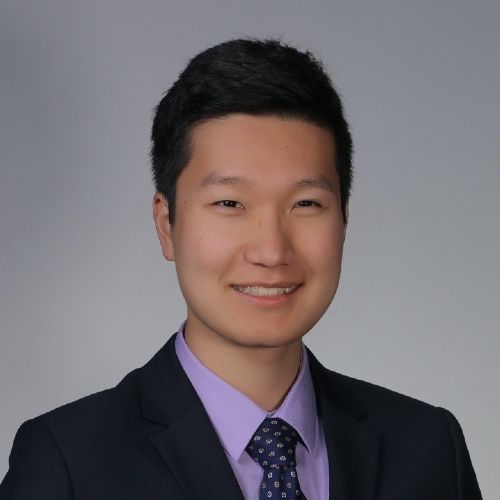Episode 9
Shreya Shankar: Lessons learned after a year of putting ML into production
Shreya Shankar is a Machine Learning Engineer at Viaduct AI. She's a master's student at Stanford and has previously worked at Facebook and Google Brain. She writes some truly excellent articles about machine learning on her personal blog, https://www.shreya-shankar.com/
Want to level-up your skills in machine learning and software engineering? Join the ML Engineered Newsletter: http://bit.ly/mle-newsletter
Comments? Questions? Submit them here: http://bit.ly/mle-survey
Follow Charlie on Twitter: https://twitter.com/CharlieYouAI
Take the Giving What We Can Pledge: https://www.givingwhatwecan.org/
Subscribe to ML Engineered: https://mlengineered.com/listen
Timestamps:
01:30 Follow Charlie on Twitter (http://twitter.com/charlieyouai)
02:40 How Shreya got started in CS
06:00 Choosing to concentrate in systems in undergrad (https://www.shreya-shankar.com/systems/)
12:25 Research at Google Brain on fooling humans with adversarial examples (http://papers.nips.cc/paper/7647-adversarial-examples-that-fool-both-computer-vision-and-time-limited-humans.pdf)
18:00 Deciding to go into industry instead of pursuing a PhD (https://www.shreya-shankar.com/new-grad-advice/)
19:35 Why is putting ML into production so hard? (https://www.shreya-shankar.com/making-ml-work/)
25:00 Best of the research graveyard
29:05 Checklist for building an ML model for production
34:10 Ensuring reproducibility
39:25 Back to the checklist
44:25 PM for ML engineering
48:50 Monitoring ML deployments
53:50 Fighting ML bias
58:45 Feature engineering best practices
01:02:30 Remote collaboration on data science projects
01:07:45 AI Saviorism (https://www.shreya-shankar.com/ai-saviorism/)
01:17:40 Rapid Fire Questions
Links:
Why you should major in systems
Adversarial Examples that Fool Both Computer Vision and Time-Limited Humans
Choosing between a PhD and industry for new computer science graduates
Reflecting on a year of making machine learning actually useful


